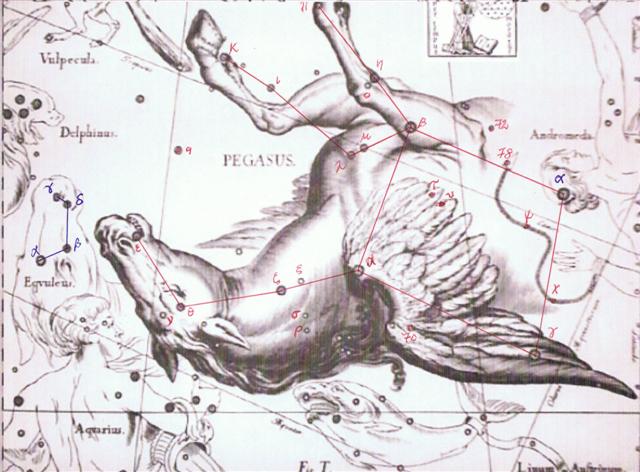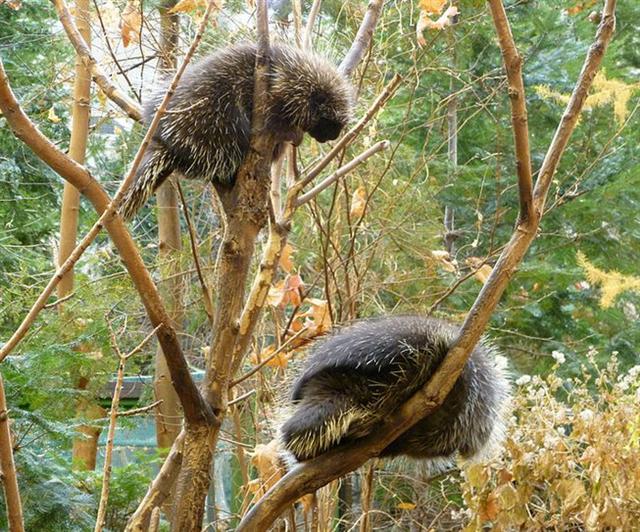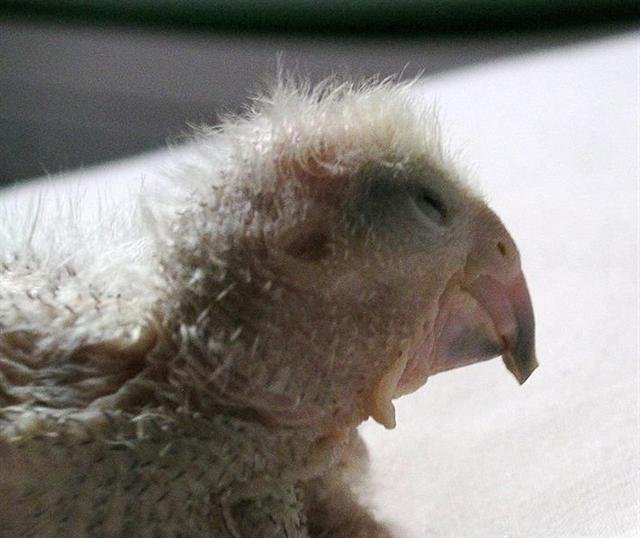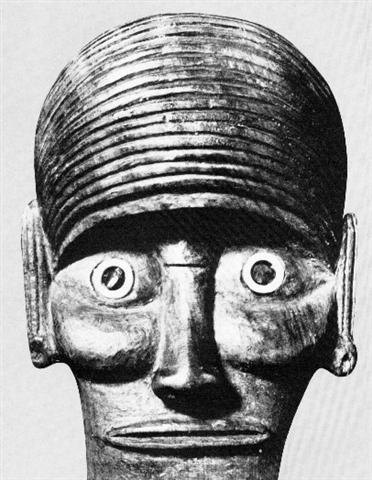According to Polynesian myth Maui had a noose (a loop of rope) which he used in order to force the Sun to move slower: ... One day Maui said to his wife: 'Light a fire and cook some food for me'. She did so, but no sooner had she heated her cooking stones in the earth-oven than the sun went down, and they had to eat their food in the dark. This set Maui to thinking how the days might be made longer. It was his opinion that they were shorter than they needed to be, and that the sun crossed the sky too quickly. So he said to his brothers: 'Let us catch the sun in a noose and make him move more slowly. Then everybody would have long days in which to get their food and do all the things that have to be done.' His brothers said it was impossible. 'No man can go near the sun', they said. 'It is far too hot and fierce.' Maui answered: 'Have you not seen all the things I have done already? You have seen me change myself into all the birds of the forest, and back again into a man as I am now. I did that by enchantments, and without even the help of the jawbone of my great ancestress, which I now have. Do you really suppose that I could not do what I suggest?' The brothers were persuaded by these arguments, and agreed to help him. So they all went out collecting flax, and brought it home, and sat there twisting it and plaiting it. And this was when the methods were invented of plaiting flax into tuamaka, or stout, square-shaped ropes, and paharahara, or flat ropes; and the method of twisting the fibre into round ropes. When they had made all the ropes they needed, Maui took up the jawbone of Muri ranga whenua, and away they went, carrying their provisions with them, and the ropes. They travelled all that night, having set out at evening lest the sun should see them. When the first light of dawn appeared, they halted and hid themselves so that the sun should not see them. At night they resumed their journey, and at dawn they hid themselves again, and in this way, travelling only when the sun could not observe them, they went far away to the eastward, until they came to the edge of the pit from which the sun rises. On each side of this place they built a long high wall of clay, with huts made of branches at either end to hide in. There were four huts, one for each of the brothers. When all was ready they set their noose and saw that it was as strong as they could make it. The brothers lay waiting in the huts, and Maui lay hiding in the darkness behind the wall on the western side of the place where the sun rises. He held in his hand the jawbone of his ancestress, and now he gave his brothers their final instructions: 'Mind you keep hidden', he said. 'Don't go letting him see you or you'll frighten him off. Wait until his head and his shoulders are through the noose. Then when I shout, pull hard, and haul on the ropes as fast as you can. I will go out and knock him on the head, but do not any of you let go your ropes until I tell you. When he's nearly dead we'll let him loose. Whatever you do, don't be silly and feel sorry for him when he screams. Keep the ropes good and tight until I say.' And so they waited there in the darkness at the place where the sun rises. At length the day dawned, a chilly grey at first, then flaming red. And the sun came up from his pit, suspecting nothing. His fire spread over the mountains, and the sea was all glittering. He was there, the great sun himself, to be seen by the brothers more closely than any man had ever seen him. He rose out of the pit until his head was through the noose, and then his shoulders. Then Maui shouted, and the ropes were pulled, the noose ran taut. The huge and flaming creature struggled and threshed, and leapt this way and that, and the noose jerked up and down and back and forth; but the more the captive struggled, the more tightly it held. Then out rushed Maui with his enchanted weapon, and beat the sun about the head, and beat his face most cruelly. The sun screamed out, and groaned and shrieked, and Maui struck him savage blows, until the sun was begging him for mercy. The brothers held the ropes tight, as they had been told, and held on for a long time yet. Then at last when Maui gave the signal they let him go, and the ropes came loose, and the sun crept slowly and feebly on his course that day, and has done ever since. Hence the days are longer than they formerly were. It was during this struggle with the sun that his second name was learned by man. At the height of his agony the sun cried out: 'Why am I treated by you in this way? Do you know what it is you are doing. O you men? Why do you wish to kill Tama nui te ra?' This was his name, meaning Great Son of the Day, which was never known before ... They built a pair of clay walls on each side of the pit from where the Sun would rise. Clay walls cannot be penetrated by water. ... In the morning of the world, there was nothing but water ...
... At the risk of invoking the criticism, 'Astronomers rush in where philologists fear to tread', I should like to suggest that Taku-rua corresponds with the two-headed Roman god Janus who, on the first of January, looks back upon the old year with one head and forward to the new year with the other, and who is god of the threshold of the home as well as of the year... There is probably a play on words in takurua - it has been said that Polynesian phrases usually invoke a double meaning, a common and an esoteric one. Taku means 'slow', the 'back' of anything, 'rim' and 'command'. Rua is a 'pit', 'two' or 'double'. Hence takurua has been translated 'double command', 'double rim', and 'rim of the pit', by different authorities. Taku-pae is the Maori word for 'threshold'... Several Tuamotuan and Society Islands planet names begin with the word Takurua or Ta'urua which Henry translated Great Festivity and which is the name for the bright star Sirius in both New Zealand and Hawaii. The planet names, therefore, represent the final stage in the evolution of takurua which was probably first applied to the winter solstice, then to Sirius which is the most conspicious object in the evening sky of December and January, and was then finally employed for the brilliant and conspicious planets which outshone even the brightest star Sirius. From its association with the ceremonies of the new year and the winter solstice, takurua also aquired the meaning 'holiday' or 'festivity' ... This place ought to correspond to the Pegasus Square, at the tail of the Green Serpent, with Sirrah 'standing on the loop' (like Hotua A Matua standing on the rope of Oroi):
... King Oroi saw that the foot of King Hotu was in the loop and pulled the rope. King Hotu let himself fall to the ground (on purpose). But in doing so, King Hotu firmly stepped with his foot on the rope [ku rei ana te ariki a Hotu. i te taura], [hai vaē] which made it taut, so that [penei ē] Oroi would think the following: the foot of King Hotu has entered into (the loop) of the rope [ku ōo.ana te vae o te ariki.o Hotu ki roto ki te taura]. Oroi came out of the sandalwood (grove?) [he ea mai.a Oroi.ki runga mai roto i te naunau], ran very fast, and headed straight for the king to [mō] run him through with [hai] the needle-sharp bone dagger (ivi heheu). At that moment, the king cast a spell (tohu) on Oroi, namely [penei ē]: Turn around as though gripped by a dizzy spell and fall to the ground. Die! [ki raro.kōe. ka mate] Screaming, Oroi fell to the ground, he who had set the trap [pahe poko ana], and died. King Hotu got up [he ēa.te ariki.a Hotu], went over [ki runga.he oho], and stood on the slain enemy [he tuu ki runga ki te ika]. He rose to his full height [he maroa] and lamented [he tangi] with new dancing movements (? hoko hoou) in the following manner [penei ē]: The solitary pursuit to this place was your fight alone, oh cousin from Hiva [te taua a atu.e hokorua ē.mai hiva ana], (begun) from the (home)land itself [mai te kainga.ana]. The king picked him up [he too mai te ariki], dug a grave [he keri i te rua], and buried him [he tanu]. He buried Oroi in Tingaanga O Te Hereke [i te tingaanga o te hereke.i tanu ai i a Oroi]. [E:1003-1004] The 4 brothers of Maui ought to correspond to the 4 corners of the Square:
Although they were not visible, (as if) inside huts. This could have referred to the around 16 days of invisibility of stars late at night before the Sun rose in the east.
From Algenib Pegasi to Alcyone there would then be 55 more dark days:
Here the fluffy head of the newborn - similar to that of a newly hatched bird (having used his egg tooth to break out) - indicated the dark times of confinement (between Father Sky and Mother Earth) were over.
... They were Ranginui, the Sky Father, and Papatuanuku, the Earth Mother, both sealed together in a close embrace. Crushed between the weight of their bodies were their many children, whose oppression deepened. They yearned to be free; they fought their parents and each other to break loose. Tuumatauenga, virile god of war, thrust and shouted; Tangaroa of the oceans whirled and surged; Tawhirirangimaatea, Haumiatiketike and Rongomatane, of wild foods and cultivated crops, tried their best but were not successful; and Ruamoko, god of earthquakes, yet to be born, struggled in the confinement of his mother's womb ... Of them all, Taane Mahuta [cfr Mahute, Boussonetia papyrifera], the god of the forests, was the most determined; he set his sturdy feet upon his father's chest, and braced his upper back and shoulders against the bosom of his mother. He pushed; and they parted. So the world, as the Maori understand it, came into being ...
32 + 1 + 55 = 88. ... Yes, for he was a monstrous thing and fashioned marvelously, nor was he like to any man that lives by bread, but like a wooded peak of the towering hills, which stands out apart and alone from others.' Odysseus, choosing twelve men, the best of the company, left his ships at shore and sallied to the vast cave. It was found stocked abundantly with cheeses, flocks of lambs and kids penned apart, milk pails, bowls of whey; and when the company had entered and was sitting to wait, expecting hospitality, the owner came in, shepherding his flocks. He bore a grievous weight of dry wood, which he cast down with a din inside the cave, so that in fear all fled to hide. Lifting a huge doorstone, such as two and twenty good four-wheeled wains could not have raised from the ground, he set this against the mouth of the cave, sat down, milked his ewes and goats, and beneath each placed her young, after which he kindled a fire and spied his guests ...
... On side B together with the four edges is a series of notches that are clearly set in an intentional pattern. The edges contain a total of 39 notches in groups of 6, 13, 7 and 13. A further 49 notches on side B are arranged in four vertical lines of 13, 10, 12 and 13 respectively plus a further notch that could be in either of the middle two lines ... The grouping of the notches on the plate suggests a time-related sequence. The total number of notches (88) not only coincides with the number of days in 3 lunations (88.5) but also approximately with the number of days when the star Betelgeuse (α Ori) disappeared from view each year between its heliacal set (about 14 days before the spring equinox around 33,000 BP) and its heliacal rise (approximately 19 days before the summer solstice). Conversely, the nine-month period when Orion was visible in the sky approximately matched the duration of human pregnancy, and the timing of the heliacal rise in early summer would have facilitated a ‘rule of thumb’ whereby, by timing conception close to the reappearance of the constellation, it could be ensured that a birth would take place after the severe winter half-year, but leaving enough time for sufficient nutrition of the baby before the beginning of the next winter. There is a resemblance between the anthropoid on side A and the constellation Orion. None of these factors is convincing when taken in isolation, because of the high probability that apparently significant structural and numerical coincidences might have arisen fortuitously. However, taken together they suggest that the anthropoid represented an asterism equivalent to today’s constellation of Orion, and that the ivory plate as a whole related to a system of time reckoning linked to the moon and to human pregnancy. If so, then ethnographic comparisons would suggest that the Geißenklösterle culture related their ‘anthropoid’ asterism to perceived cycles of cosmic power and fertility ... |
||||||||||||||||||||||||||||||||||||||||||||||||||||||||||||||||||||||||||||||||||||||||||||||||||||||||||||||||||||||||||||||||






